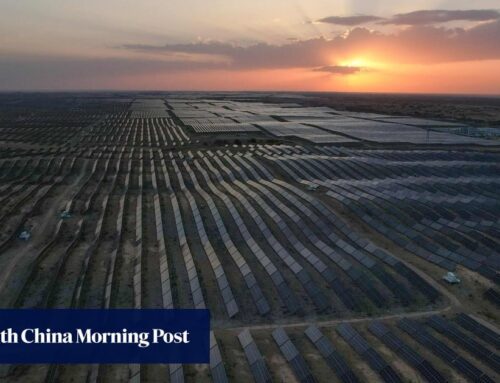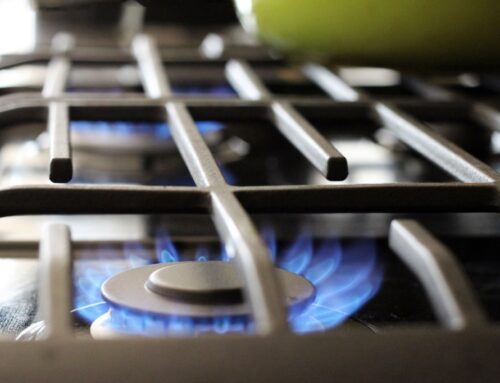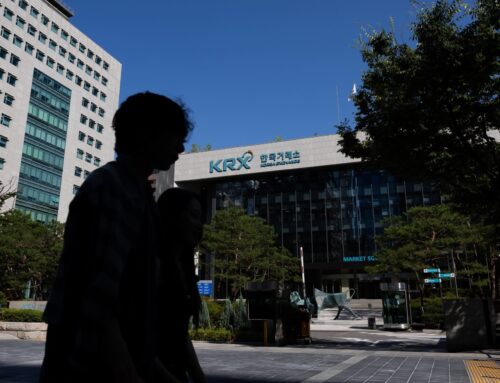Say goodbye to solar panels – Japan develops super solar panels that generate as much ener
April 1, 2025
It’s no surprise that world most important countries are looking for ways to generate energy, and Japan has been one of the countries that has tirelessly fought to rebuild its energy system. So, after decades of research, they’ve managed to find the key to dive into the world of sustainability by creating a new kind of solar panel. Something more flexible, efficient, and revolutionary, but no less powerful, because it promises to generate as much energy as 20 nuclear reactors. Are we ready for this change? Here’s what we know.
What happened to Japan?
2011 is the year marked in black on Japanese calendars, and although some might not remember, there was a massive earthquake and subsequent tsunami that severely hit the coast of Japan. It not only devastated citizens and communities but also triggered one of the biggest nuclear crises in the history of Fukushima. Since then, Japan has tried to rethink its energy model and had to completely overhaul it.
The shutdown of these power plants caused a significant loss of energy sources, also forcing the country to reduce its reliance on fossil fuels. That’s why they are now deeply involved in clean energy, but of course, they must meet the country’s technological (and environmental) demands.
Perovskite
This is where perovskite comes in a material that has arrived to redefine what we know about efficiency. It’s a synthetic mineral with a crystalline structure that is lighter, more flexible, and cheaper than silicon, the material currently used to make solar panels.
This material has an efficiency rate of 43%, while silicon cells have a maximum efficiency of 29%, so the difference is pretty significant. Furthermore, it’s estimated that these solar panels could produce 20 gigawatts of electricity by 2040, and Japan has set a clear goal for 2050: to be a zero-emissions country.
It’s foldable, can be used in non-flat areas, and is very cheap to produce. Could this really be the future of technological efficiency?
How much is that?
Well, 20 gigawatts is approximately the amount of energy produced by 20 nuclear reactors… do the math!
Japan wants the throne
Japan’s energy plan is clear. The Ministry of Industry wants to prioritize the use of these new solar panels and take the lead in sustainable energy.
Also, Japan is the world’s largest producer of iodine (a very important component in the composition of perovskite solar cells), so it’s more than clear that they have all the cards to lead the sector, possibly surpassing major solar energy producers like China.
Japan urgently needs energy independence, and perovskite seems to be opening all the doors for this new energy leadership.
The plan
Dominate the market by 2030. The Japanese company Sekisui Chemical, in collaboration with the government, is developing advanced solar panels using this mineral to distribute globally in the next decade. It’s a race against the clock that Japan wants to win with innovation and vision. Will they be able to achieve this major milestone?
And we must remember that Japan is a super-populated country where there’s practically no space left. Currently, they get 10% of their energy from solar power (while in 2014, for example, it was only about 1.9%). The trend is clear: bet on renewable energy. But they face a big problem: the lack of space.
That’s why perovskite seems to be the solution. As we said before, the advantage of this material is that it’s flexible and bendable, so it could become part of urban furniture without us even noticing, and it could even be part of most of our buildings, since Japan doesn’t have much more room to install solar farms.
So, we’ll have to wait until 2030 to see how they solve the space issue, but the solution is clear, we’ll have solar panels everywhere thanks to this incredible invention!
Search
RECENT PRESS RELEASES
Related Post




